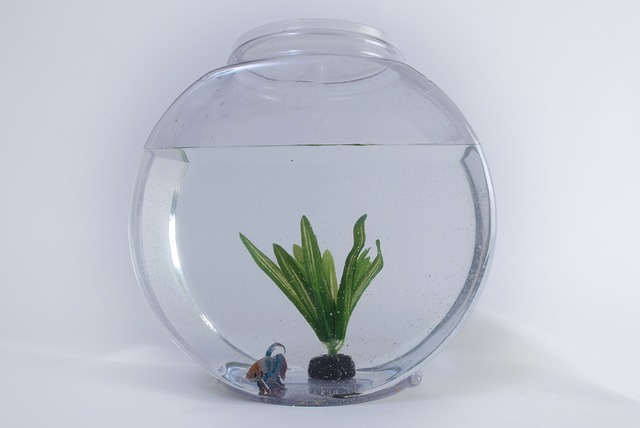As you probably already know, there is a lot of stress that comes with moving your home. This is because there are so many things you need to take care of. You need to think about packing all your items and about your family members’ needs. Then, you need to be looking into the best moving companies NJ for your move, and finally, need to decide on a home (if you haven’t already). In all this chaos, people often forget about their best friends – their pets. Just imagine being a cat or a dog and dealing with the moving. Your owner is stressed, then there are strange people packing up your home and suddenly – you’re surrounded by new smells and sounds. Fish go through this stress, too! This is why in this article we give you some helpful tips on how to relocate an aquarium properly.
Things to remember when you want to relocate an aquarium
When you want to move an aquarium, there are certain things you always need to keep in mind. Even though they might not be showing it clearly, fish go through a lot of stress. It doesn’t really matter if you are transporting the aquarium to another side of the home, or if it is across the country, really! So, you need to make sure that the move will go as smoothly as it can for them.

Think about the fish’s safety.
First, you should try to make the relocation as short as possible. If you need to transport the fish and the tank separately, try to make the transport tank as similar to their previous one as possible. This will help them ease into the move. Using the water in their first tank will help with this. Then, add a couple of plants so it will not be too bare. When you want to relocate an aquarium, you need to worry about its integrity as well. First, you need tips on how to pack liquids for moving. Then, you need to decide whether you need to empty your aquarium or not. Helpful tip – if it’s more than a gallon, you will need to empty it. Moving a full aquarium is not just heavy, but it can also compromise the integrity of the bonds that tie the walls together. Finally, since the walls are usually made of glass, you will need to worry about them not breaking as well.
Prepare to transport an aquarium
Now, you might already know all the steps you need to take in order to relocate an aquarium, right? You need to remove the fish, empty it, transport it, fill it up and put the fish back in. However, before you start doing this, there are a couple of things that you need to think through first.

Make sure your fish don’t go through a lot of stress during the move.
Did you already plan a layout of your home? This is an important step when you want to relocate an aquarium. You need to clear up space and prepare it for the tank to arrive. It needs to be flat and firm, and you should already have styrofoam matting. Also, don’t forget to check if there are power outlets nearby for all your equipment. Then, you should also prepare a holding container for your fish. This should have some sort of top, so they don’t jump out. If you can, you should get an opaque one, because they will be less active in the dark. Make sure there are no toxins in it, and that you can transport it with ease. Finally, you should prepare rags and newspaper so that you can clean up any splashes that might happen. Remember, you are transporting liquid, which is never an easy task. It might get a bit messy, so be ready to clean it up. You will also want to leave your fishnet in the water for ten minutes. This will make it softer, so you will not hurt the fish when grabbing them.
How to transport your fish
So now that you have prepared to relocate an aquarium, it’s time to actually do it. The first thing to keep in mind is that, if you are not comfortable with any of the steps, you should call residential movers NJ to do it for you. So, first, you should siphon most of the water out into the fish’s temporary container. Then, pick up a couple of plants from the aquarium and transport those too. This will encourage fish not to jump out during the transport. Only then can you catch the fish and transport them into the container which you cover afterward. However, make sure they have enough oxygen, especially for a long-distance trip.

The size of the fish tank will matter.
Then, remove all cables and electrical items you have. These will only be in the way when you want to relocate an aquarium. Continue siphoning the water until only a small amount remains. We are leaving this water in so that we do not disturb the bottom of the tank. However, if the tank is too big, then you might want to remove the gravel as well. Otherwise, it will be too heavy to lift. After transporting the tank, siphon the water back in. Be careful to do it slowly so you don’t lift up the gravel from the bottom. Then test the water for pH, temperature and similar, and slowly reintroduce the fish back.


























